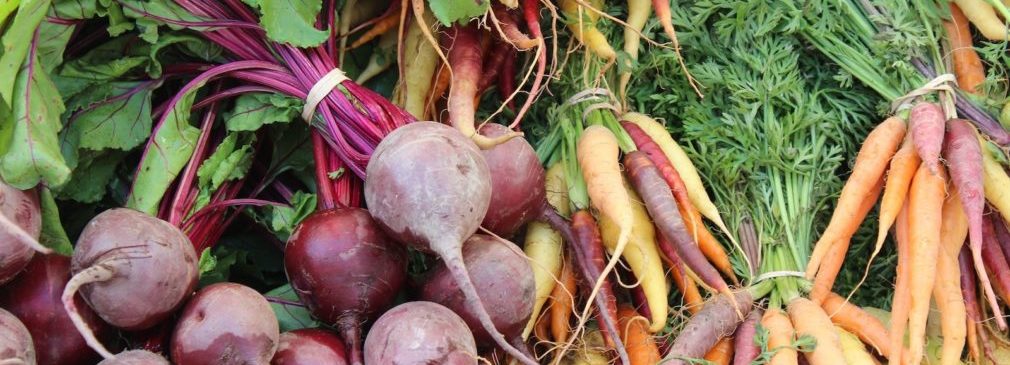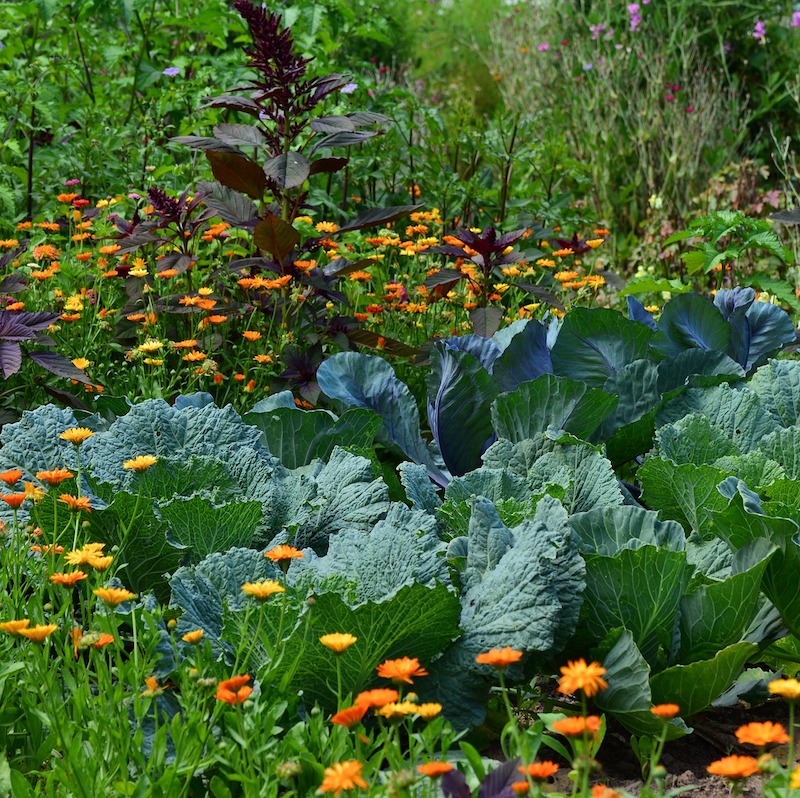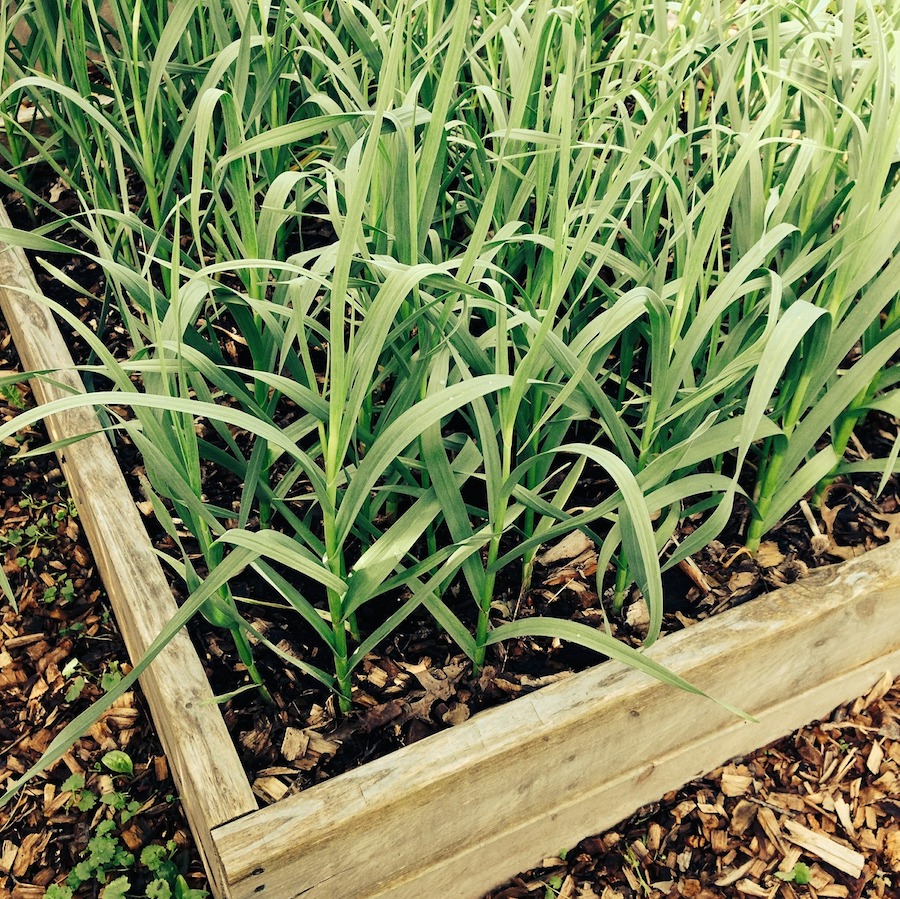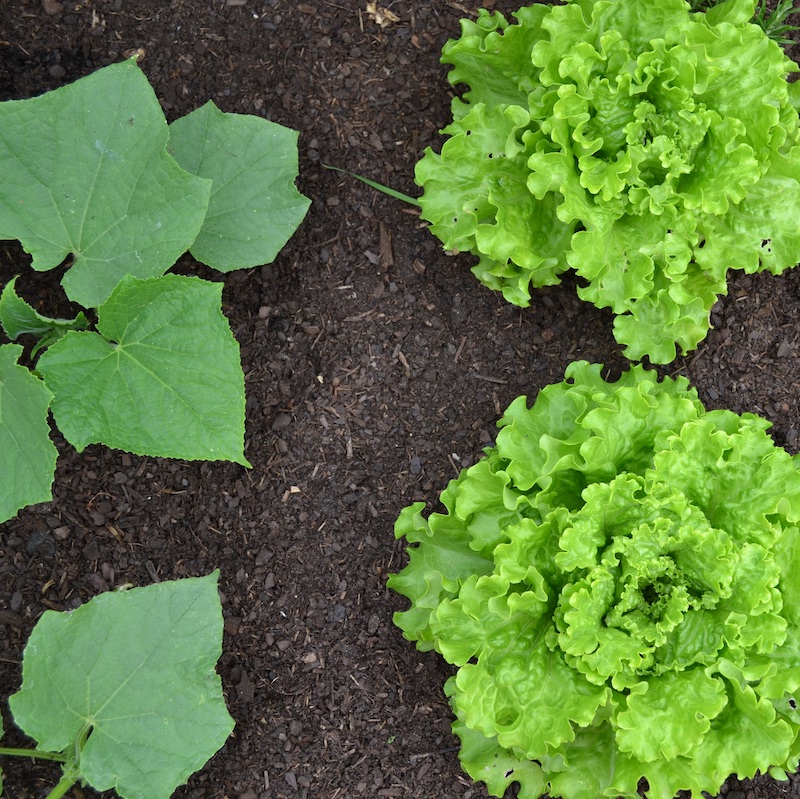
Share
Do you have a garden you’ve been cultivating for years? Or are you just getting started in fruit and vegetable gardening?
Benefits of Fall Home Garden
Health Benefits: Home gardening offers numerous health benefits, both physical and mental. Physically, the act of gardening itself is a form of exercise that can improve endurance, strength, and flexibility. The tasks involved, such as digging, planting, weeding, and watering, engage different muscle groups and contribute to physical activity. Mentally, spending time in a garden has been shown to reduce stress, anxiety, and depression. The serene environment of a garden encourages relaxation and provides a break from the fast-paced world. Additionally, growing your own fruits and vegetables can lead to a healthier diet. Homegrown produce is fresher, more flavorful, and more nutrient-dense than store-bought alternatives, often harvested at their nutritional peak.
Environmental Benefits: Gardening can also have a significant positive impact on the environment. By cultivating your own food, you reduce the need for commercial agriculture practices that often involve heavy use of chemicals and fertilizers which can be harmful to the ecosystem. Home gardens help promote biodiversity by creating habitats for various animals such as birds, insects, and other wildlife. They can improve air quality as plants absorb carbon dioxide and release oxygen. Moreover, using sustainable practices like composting organic waste decreases landfill use and provides rich, natural soil amendment for the garden, enhancing soil fertility and structure.
Economic Benefits: Growing your own fruits and vegetables can also provide substantial economic benefits. Reducing your grocery bill is one of the most immediate advantages, especially if you grow expensive organic produce. Furthermore, a well-maintained garden can increase the property value of a home. Gardens are appealing features that can make a property more attractive to potential buyers, emphasizing an aesthetic and practical addition to the home. By saving on produce and potentially increasing home value, gardening can be a rewarding investment.
Community and Family Engagement: Lastly, gardening can strengthen community ties and family bonds. Sharing the experience of gardening with neighbors or community members can foster a sense of belonging and cooperation, leading to stronger community connections. For families, involving children in gardening activities can teach them valuable lessons about nature, responsibility, and the origins of food. It is an engaging way to spend quality time together, allowing for educational and enjoyable interactions that benefit everyone involved.
Maybe your new home has a garden that has motivated you to enjoy the adventures of harvesting your own produce. A backyard garden is the perfect place to grow the ingredients for all of your favorite dishes. If you are looking to expand your garden in North Texas or Central Texas, here are 10 of the best vegetables and fruits to grow this fall.

Best Produce for Fall Gardens
Turnips: Turnips are a resilient root vegetable and a great choice for your Texas fall garden. They are fairly easy to grow and can tolerate partial shade, but they truly thrive when they receive at least six hours of sunlight daily. Turnips can be used in a variety of dishes, from roasted sides to stews, and even the greens are edible and nutritious. Planting turnips in well-drained soil enriched with organic matter will yield the best results. Harvesting can typically start when roots are 2 to 3 inches in diameter, which prevents them from becoming too woody.
Tomatoes: Tomatoes are a staple in many gardens due to their versatile use in cooking. For successful growth, tomato plants require plenty of sunlight — raised beds with southern or southeastern exposure are ideal. These plants also demand good air circulation and consistent watering to prevent diseases such as blossom end rot. Stake or cage your tomato plants to support their growth and prevent fruit from touching the ground. With the right care, tomatoes will continue producing until the first frost.
Strawberries: Planting strawberries in fall can lead to a delightful spring harvest. In Texas, the ideal planting window is between October and November. Strawberries prefer raised beds where the drainage is better, ideally in sandy or sandy-loam soils. They need full sunlight to produce the highest yields and sweetest fruit. Mulching with straw or pine needles can help maintain moisture and protect roots during colder temperatures. With proper care, strawberry plants can be productive for several years.
Cauliflower: This cool-season crop grows well in Texas falls when the days are shorter and the nights cooler. Cauliflower needs loose, well-draining soil and good air circulation around the plants to prevent moisture-related diseases. Consistent water and nutrient supply, especially potassium and nitrogen, are critical to develop tight, white heads of cauliflower. Blanching the heads by shielding them from sunlight can prevent them from turning yellow and becoming bitter.
Spinach: Spinach is an excellent choice for a fall garden because it grows quickly and doesn’t require a lot of sun, thriving in partial shade. It prefers fertile, well-drained soil with a neutral pH. Regular watering and the use of mulch to conserve soil moisture will promote lush, tender leaves. Spinach can be harvested as young leaves for salads or allowed to mature for cooking. It is rich in vitamins and iron, making it a healthy addition to any meal.
Carrots: Carrots are fun and easy to grow, and children love pulling them up and seeing what’s grown below the surface. They need full sun and sandy or loamy soil that allows deep root development without obstacles. Regular, deep watering helps develop long and straight roots. Carrots are ready to harvest when their tops peek above the soil line and show significant coloring. They can be stored in the ground through winter with mulch coverage to prevent freezing.
Onions: Onions are versatile in the kitchen and can be grown easily in Texas gardens. They require well-drained, nutrient-rich soil and ample sunlight. Onions grow best in raised beds or raised rows, where water drainage is optimal. Regular feeding and weeding will help onions grow robustly. Depending on the variety, onions can be harvested when their tops begin to fall over and yellow.
Cabbage: Cabbage is ideal for fall gardens in Texas due to its tolerance for colder temperatures. Planting transplants instead of seeds can accelerate growth and ensure a harvest before the deepest winter chills set in. Cabbage needs rich soil and consistent moisture to develop dense, well-formed heads. Protecting plants from pests such as cabbage loopers with netting or row covers is often necessary.
Radishes: Radishes are incredibly fast-growing, with some varieties ready to harvest just three weeks after planting. They are ideal for intercropping between slower-growing vegetables like carrots and onions. Radishes require full sun to partial shade and should be planted in soil that is free from rocks, which can hinder root development. Regular watering is essential for maintaining rapid growth and preventing the roots from becoming woody.
Garlic: Garlic planted in the fall matures in late spring or early summer. It prefers full sun and well-drained soil rich in organic matter. Plant cloves pointy-end up, about two inches deep and four inches apart. Garlic requires minimal space and can be planted between other crops like strawberries and tomatoes. Watering should be consistent but moderate to prevent rot, and a layer of mulch helps stabilize soil temperature and moisture through the winter months.

Grow Your Own Meals
Since we say “everything’s bigger in Texas,” homegrown produce and backyard gardens are no exception. As WikiLawn says, “Foodscaping is a popular trend in Texas, and it’s not going anywhere.”

Growing your own produce can help with your appreciation for fresh foods and the intake of the nutrients your body needs from those foods. Gardening is also a great way to get the whole family involved in the meal process–everyone can help care for the plants, harvest the crops and prep the meals with your own homegrown food.
If your new home or current backyard has a space for a garden, consider planting some of these fruits and vegetables this fall. Don’t forget to include leafy greens in your fall garden. Swiss chard, in particular, thrives in the cooler weather of late summer and early spring in Texas. Determining the right time to plant is crucial, especially as cooler weather approaches. Most of these vegetables prefer cooler temperatures, which help them develop better flavors and textures.
Planning your planting schedule is key to enjoying fresh produce even in the winter months. These fall vegetables are perfect for a Texas garden, thriving in the unique climatic conditions from North to Central Texas. Enhance your soil with organic fertilizers to ensure your fall vegetables receive the nutrients they need. Some crops like Swiss chard and leafy greens can also be planted in late summer or planned for an early spring harvest in Texas.
Incorporate plenty of organic matter into your garden beds to improve soil fertility and structure, which is especially beneficial for root crops and leafy greens. These crops perform well in the sandy soils typical of many parts of Texas, ensuring good drainage and root development. Consider adding green beans to your list of vegetables and note: “Green beans are another excellent choice for your garden, especially as they can tolerate the cold weather expected as the season progresses.”
Katie Kuchta is a gardening and outdoor living guru, and self-proclaimed foodie. She can often be found cooking in the kitchen or on the hunt for the best tacos, follow her on Instagram @atxtacoqueen.














